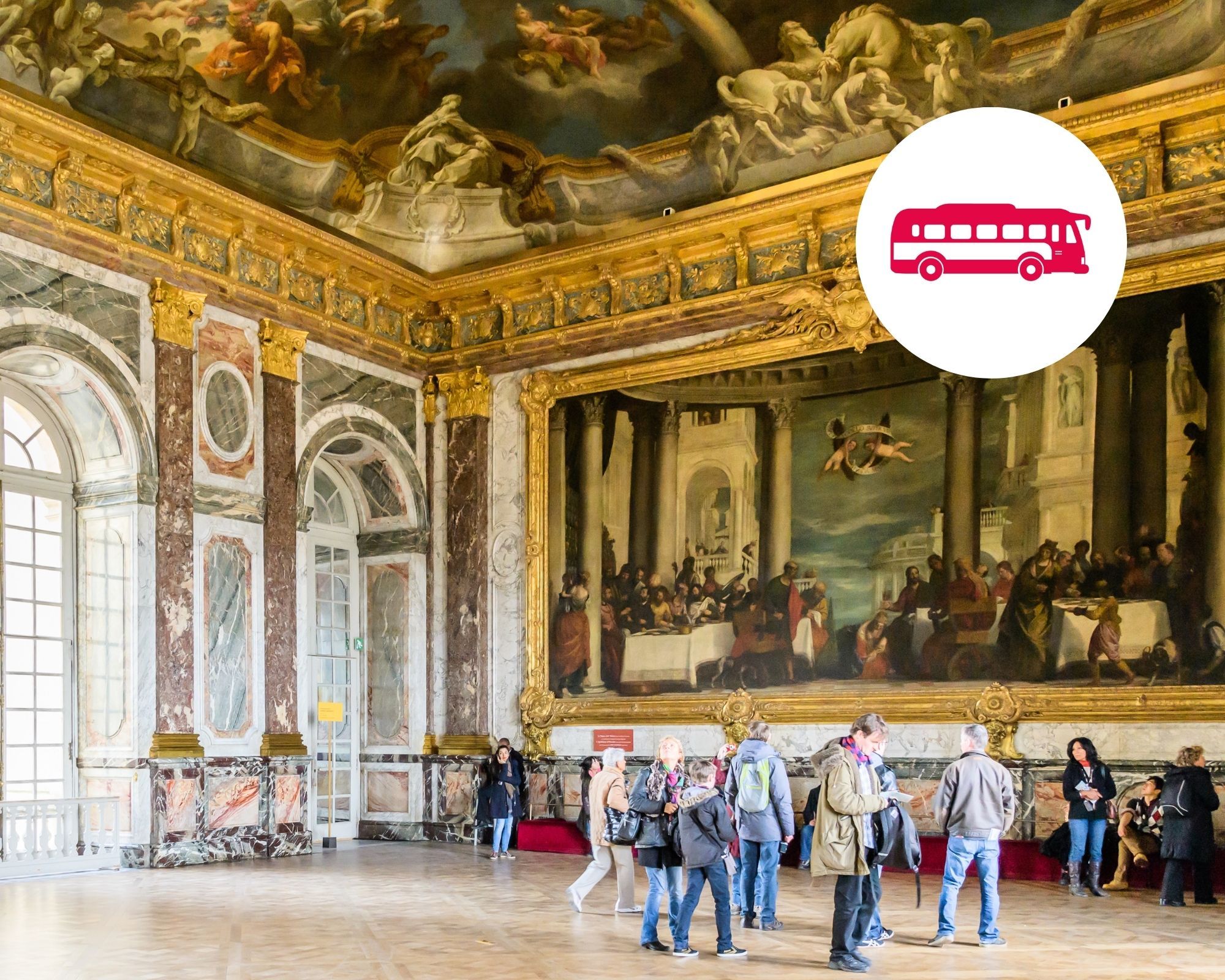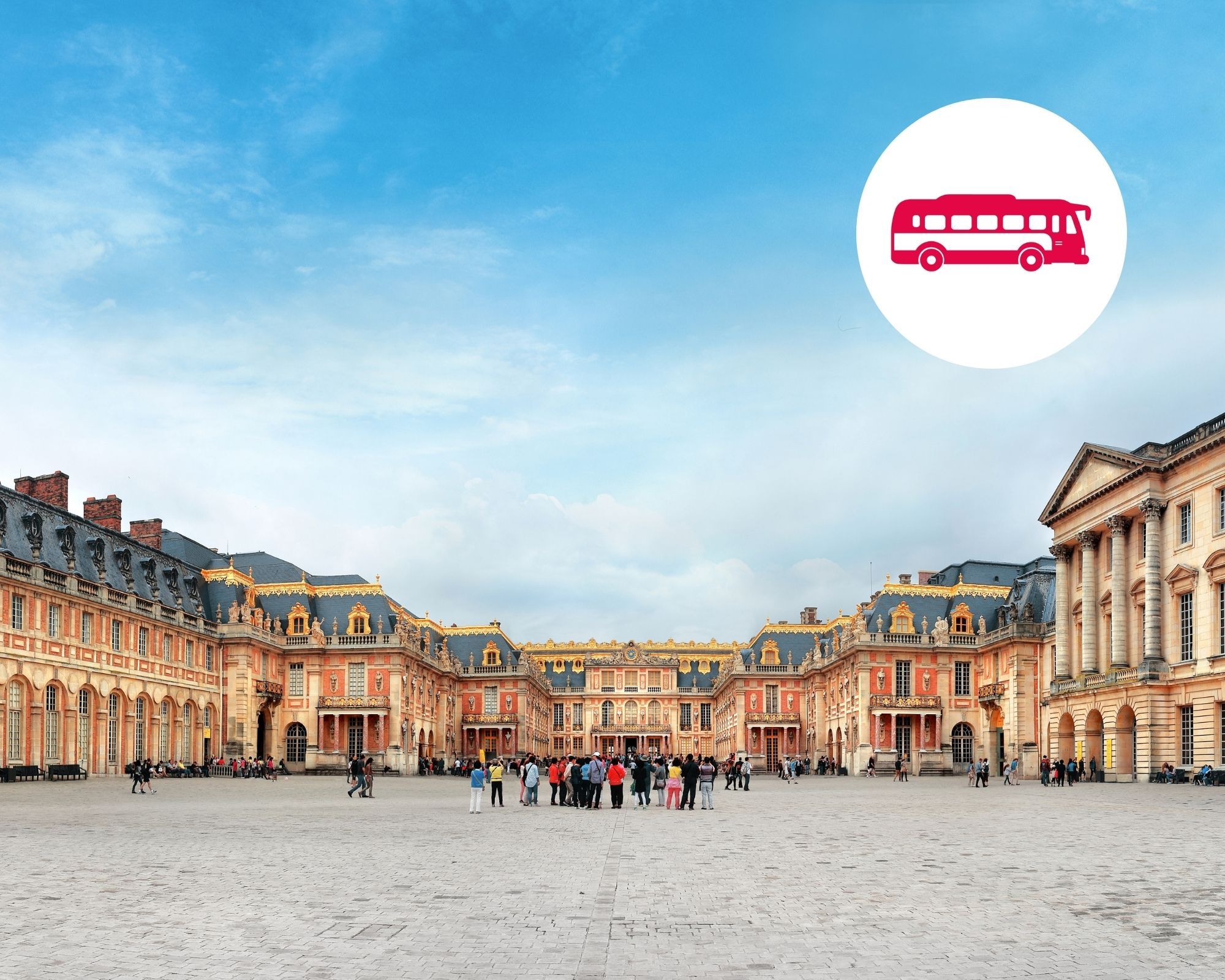The Queen’s Hamlet in Versailles
Located about a half-mile from the Palace, the queen’s hamlet was built for Marie Antoinette at the end of the 18th century. In this idealized village, her majesty could enjoy a rustic, country lifestyle far from the formalism of the court.

A hamlet for the Queen Marie Antoinette
The strict formalism of the royal court bothered Marie Antoinette. The young queen preferred to retire to the Petit Trianon her husband Louis XVI offered her shortly after his accession to the throne. Following a rearrangement of the park by Richard Mique, the queen ordered an extension of the garden to the north and the construction of a small hamlet resembling a Normand village.
The queen’s hamlet is made up of about a dozen small thatched-roof houses. In this veritable farmland, the queen often took long walks and invited her most intimate acquaintances.
Construction of the queen’s hamlet
Work on the site began in 1783 and finished in 1786. Under the direction of the painter Hubert Robert, architect Richard Mique built the thatched houses around an artificial lake dredged specifically for the occasion.
Around the Marlborough tower that dominates the lake, several houses are reserved for Marie Antoinette and her guests: the queen’s home, a boudoir, a billiard hall, a mill, and others. More homes still were intended for farming: a barn, which has since disappeared, a dairy, and a farm with stable and chicken coop. The area is laid out to offer a beautiful view from the banks of the lake and offers an idyllic, painting-like atmosphere.
The outside appearance of the houses contrasts with the intricate design of their interiors. Although their façades are an impeccable imitation of rural architecture, the interiors contain a number of precious furniture and decorative woodworks.
A country hamlet for the delight of the queen and her children
The queen’s hamlet demonstrates the taste for nature fashionable at the end of the 18th century. Inspired by the works of Rousseau, the elite took an interest in the virtues of rustic country life. Wealthy aristocrats at the height of fashion commissioned country hamlets in their chateau gardens. The hamlet built for Marie Antoinette was inspired by the hamlet of Louis de Bourbon, Prince of Condé at the Château de Chantilly.
But the queen’s hamlet was not only a retreat where Marie Antoinette could invite friends. It was also a classroom of sorts, where she educated the royal children about nature. They would go together to see cows being milked or to collect eggs at the coop.
Saving the hamlet from destruction
The queen Marie Antoinette did not enjoy her hamlet for long. When she left it on October 5, 1789, she was certain she would never see it again.
Abandoned after the departure of the monarchs, the hamlet suffered from lack of maintenance and the condition of the houses deteriorated rapidly. The emperor Napoleon I ordered its restoration in 1810, but it wasn’t until the early 20th century that the former glory of the queen’s hamlet was restored. A donation from the Rockefellers made the restoration possible. A second restoration at the end of the 1990s allowed the estate and Marie Antoinette’s hamlet to be opened to the public.
During your trip to Versailles, be sure to take a walk through the queen’s hamlet. Enjoy the quiet and the magic of the countryside as did Marie Antoinette, after taking in the opulence of the palace.


